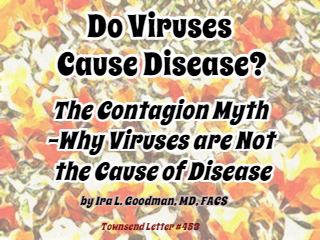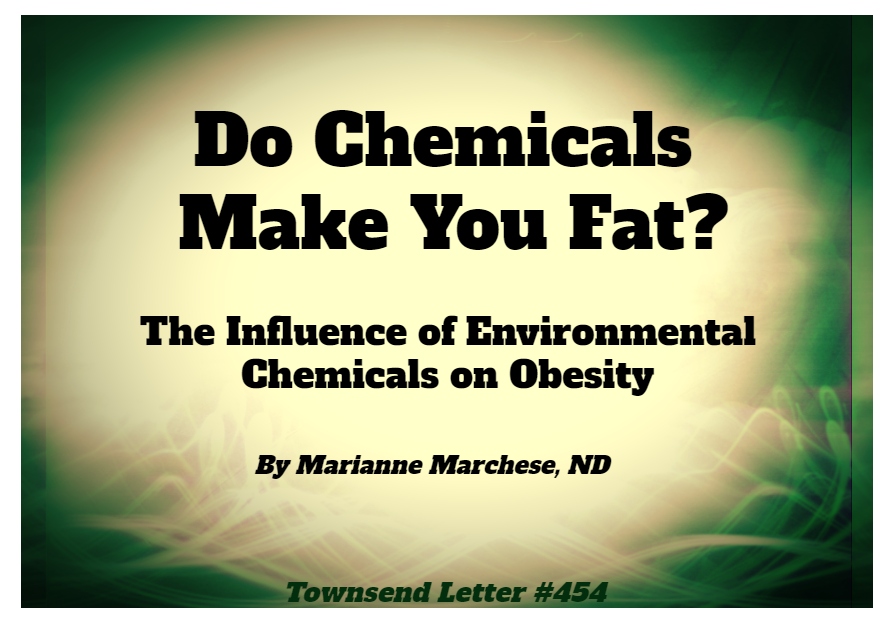article continued…
Vaccine Policy Is Not About Public Health
The chickenpox vaccine is an expensive mistake from the point of view of public health51:
“Universal varicella vaccination has failed to provide long-term protection from VZV disease.” The immunity the vaccine provides “is temporary and of unknown duration—shifting chickenpox to a more vulnerable adult population which, as Dr. Jane Seward cautioned in 2007, carries 20 times more risk of death and 10–15 times more risk of hospitalization compared to chickenpox in children.” This is an interesting statement given that it is often stated that vaccination rarely leads to serious adverse events. But here the adverse events are not in the vaccinated but in an older population that didn’t get the vaccine.
Infants who receive several vaccines concurrently, as recommended by CDC, are significantly more likely to be hospitalized or die when compared with infants who receive fewer vaccines simultaneously. Goldman and Miller showed that reported adverse effects were more likely to lead to hospitalization or death in younger infants52:
Our findings show a positive correlation between the number of vaccine doses administered and the percentage of hospitalizations and deaths. Since vaccines are given to millions of infants annually, it is imperative that health authorities have scientific data from synergistic toxicity studies on all combinations of vaccines that infants might receive. Finding ways to increase vaccine safety should be the highest priority.
In 2017, “Pilot comparative study on the health of vaccinated and unvaccinated 6- to 12- year old U.S. children” was published.53 The study reported no reductions in the incidence of measles, mumps, rubella, influenza, or rotavirus among vaccinated children. But it did find that there is a seven-fold increase in the odds of having a neurodevelopmental disorder if a child is vaccinated. And as highlighted above, the incidence of seizures after the MMR is actually five times greater than developing seizures from getting the measles infection itself.8
The Institute of Medicine (IOM) lamented in 2012 that “for the majority of cases (135 vaccine-adverse event pairs), the evidence was inadequate to accept or reject a causal relationship.”54
The Institute of Medicine (now National Academy of Medicine) has issued three disturbing reports on the evidence for suspected and/or reported vaccine adverse events. For 80% of the suspected vaccine adverse conditions investigated, there wasn’t enough research evidence to accept or reject vaccine causation. Of the reviews with sufficient evidence, 72% found that the vaccine did likely cause the injury.
In 2013, the IOM studied the entire Childhood Immunization Schedule and stated:
No studies have compared the differences in health outcomes… between entirely unimmunized populations of children and fully immunized children… Furthermore, studies designed to examine the long-term effects of the cumulative number of vaccines or other aspects of the immunization schedule have not been conducted.55
In the US., the Vaccine Injury Compensation Program has paid out approximately $4 billion in compensation to victims of vaccine injury. The children and adults who have been compensated for injuries have never been studied to determine why they were injured, in an effort to make vaccines safer for everyone. Preventing vaccine injuries should be tackled as zealously as we tackle preventing infectious diseases; but by ignoring or denying adverse events from vaccines and using vaccines as the primary intervention to combat infectious diseases, we are neither preventing injury from vaccine or combating infectious disease.
Genomics seems to give us the best-educated estimate of the potential of risk for any given individual of having an AEFI.
The long-term goal is to identify genetic features that could be determined before vaccination, allowing practitioners to modulate the vaccination plan according to risk. This type of practice—the goal of personalized predictive medicine—appears to be closer in terms of feasibility than ever, given the pace of genetic testing.
It is highly likely that widespread genetic testing will become a common feature of vaccine testing protocols. In fact, a testing sequence using genome-wide arrays for genetic polymorphisms followed by transcriptional and proteomic arrays at multiple time points in association with sophisticated laboratory immunological assays and carefully graded clinical scores will likely become the norm. The guiding biological concept for interpretation of such massive sets of disparate types of data will be that all of the data should ‘tell the same story.’ We can foresee a time soon when these data will not be interpreted individually; rather, integrated analytical tools will emerge to coordinate the use of genomic, proteomic, and clinical data from clinical trials. The potential for false discovery of associations is high, but new methods are emerging that will reduce such random associations.56
Risk cannot be precisely calculated from genetic association; nevertheless, it is still evidence that can be used today to determine the presence of risk even though the level of risk cannot yet be determined, but you have to ask the right questions.
“Is there a general association between vaccination and a specific adverse outcome?” Is this the right question to ask or should the right question be: “Who among those who otherwise might be vaccinated has highest specific risk of any adverse outcome?” or “How can we identify such individuals and protect them from vaccine injury?”
“This susceptibility to vaccine-induced autoimmunity is probably determined also by genetic predisposition… the dilemma of whom and when to vaccinate remains unresolved.”57
The above quote is from the article “Vaccination and autoimmune diseases: is prevention of adverse health effects on the horizon?”
There is clearly a disconnect between science and policy. If the science says you don’t, for example, give the dengue fever vaccine to anyone who has not already been infected, then you don’t give the vaccine to the previously uninfected; for when you do and then those vaccinated get infected, serious AEFI will occur. But that would require only giving the vaccine to dengue seropositive children – that may not be profitable for pharma. This choice would necessitate doing dengue virus serology on drawn blood. Is that a problem? It is if there is no rapid and reliable test or there is no budget for testing. The appropriate response is not, “testing for seropositive children is not standard of care,” or “we don’t have access to reliable testing so we are going to just give the vaccine anyway,” or “we have this vaccine so let’s just use it and see what happens in post-market surveillance.”
As highlighted above, there are responsible alternatives to vaccines that can enhance the body’s own immunity and heal infectious diseases. But pharma’s one-size-fits-all profit motive discourages knowledge and practice of such alternatives. Indeed, even pharmaceutical alternatives that compete with vaccines are denigrated. For example, the off-patent drug nitazoxanide58 has activity against dengue and could be available to many given it is often sold for pennies in certain countries. Who is going to invest in the research on this drug that is off-patent and for a disease that is not prevalent in first world countries, where it might be sold for a price that would allow the drug company to recoup the cost of getting the drug approved for that use?
Informed consent is not some archaic ethos reserved for unenforceable global declarations, but for vaccine stakeholders there is a fear of informed consent becoming informed dissent. We must respect medical ethics above pharma. If that means vaccine uptake is poor, then so be it, because you don’t place children in unnecessary harm’s way. It is not appropriate to misinform the public and say the chance of a serious untoward reaction is one in a million, when that is not a truth. AEFI denialism may eventually destroy the public’s trust in physicians; and moreover, pharma’s presently favored adjuvant-laden vaccine schedule may find itself no more respected than the practice of bloodletting.
In the US, the public is told by the government that 80,000 people die from the flu each year; but they might as well say three million die from the flu because neither is true and a large portion of the population does not even believe the lower number. Despite the financial incentives given to health care providers for making sure as many are vaccinated as possible, scaring people is the only way you can sell a vaccine that may have as little as 10% relative efficacy. It raises questions about what is driving the obsession with vaccinations that have little-to-no benefit given there are alternatives to dealing with the flu beyond a vaccine? Be that as it may, health care providers and institutions that get financial incentives for promoting a specific intervention are probably not the appropriate source of information for true consent. Informed consent isn’t even possible when vaccination is a condition of employment or school entry – that is coercion, and coercion makes informed consent impossible.
From the article “Peptide Vaccines: New Trends for Avoiding the Autoimmune Response”59:
…the rate of adverse complications in association with the combined measles, mumps and rubella (MMR) vaccine, has been found to occur in approximately 17,500 individuals per million vaccinated persons. The complications reported in consequence of the MMR vaccine administration include a diabetes type I syndrome, thrombocytopenia, arthritis and various CNS disorders such as acute disseminated encephalomyelitis and/or transverse myelitis.
The real incidence of adverse events from the MMR are 1 in 57, not one in a million.






